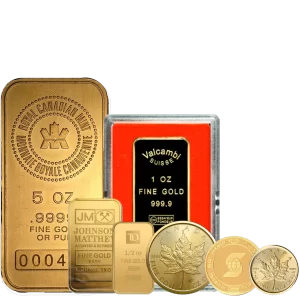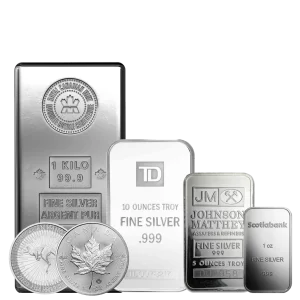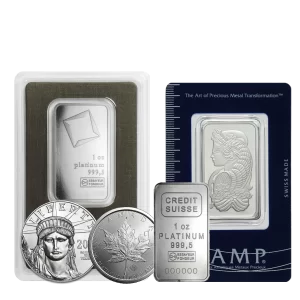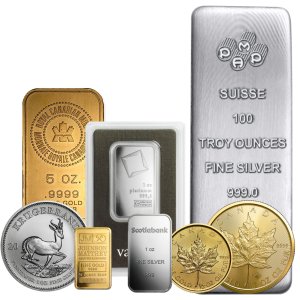Silver is more popular than ever before and there is no sign that its popularity will wane. From electronics and jewelry to automotive and solar paneling, silver has a myriad of applications and therefore, there is an ever-increasing demand for the metal. However, not all countries are happy with this development because high demand…
Category: Silver
Buying Gold and Silver for Christmas 2023
With the holiday season right around the corner, the panic to find the perfect gift for your loved ones begins. Christmas is among the world’s largest holidays and is celebrated by millions worldwide. This Christian holiday celebrates the birth of Jesus Christ through spending time with loved ones, decorating, and most of all, exchanging…
Silver Consumption Set to Outpace Supply In 2022, Again
The silver market is often a segmented business due to the different price levels and uses for silver. The price of silver has a long history of fluctuations, which makes investors cautious when dealing with them. According to the latest Silver Institute’s World Silver Survey report, silver supply is expected to be below demand…
The Process Governments Use to Understate Inflation
It is becoming more broadly understood that the process world governments use to calculate inflation has gone through massive changes since 1980. However, what is less understood is exactly how the process has changed over the past 42 years and what impact this has had on the Consumer Price Index (CPI) being reported to the…
Gold Prices And the Economy: What Impact Behind the Numbers?
Overview The gold market is a key part of the global economy. It affects the value of currencies and the economies of many countries around the world, especially in times of economic uncertainty. A rise in gold prices can cause worry for investors and businesses, but also has an impact on government monetary policy. The…

 Hi,
Hi,




